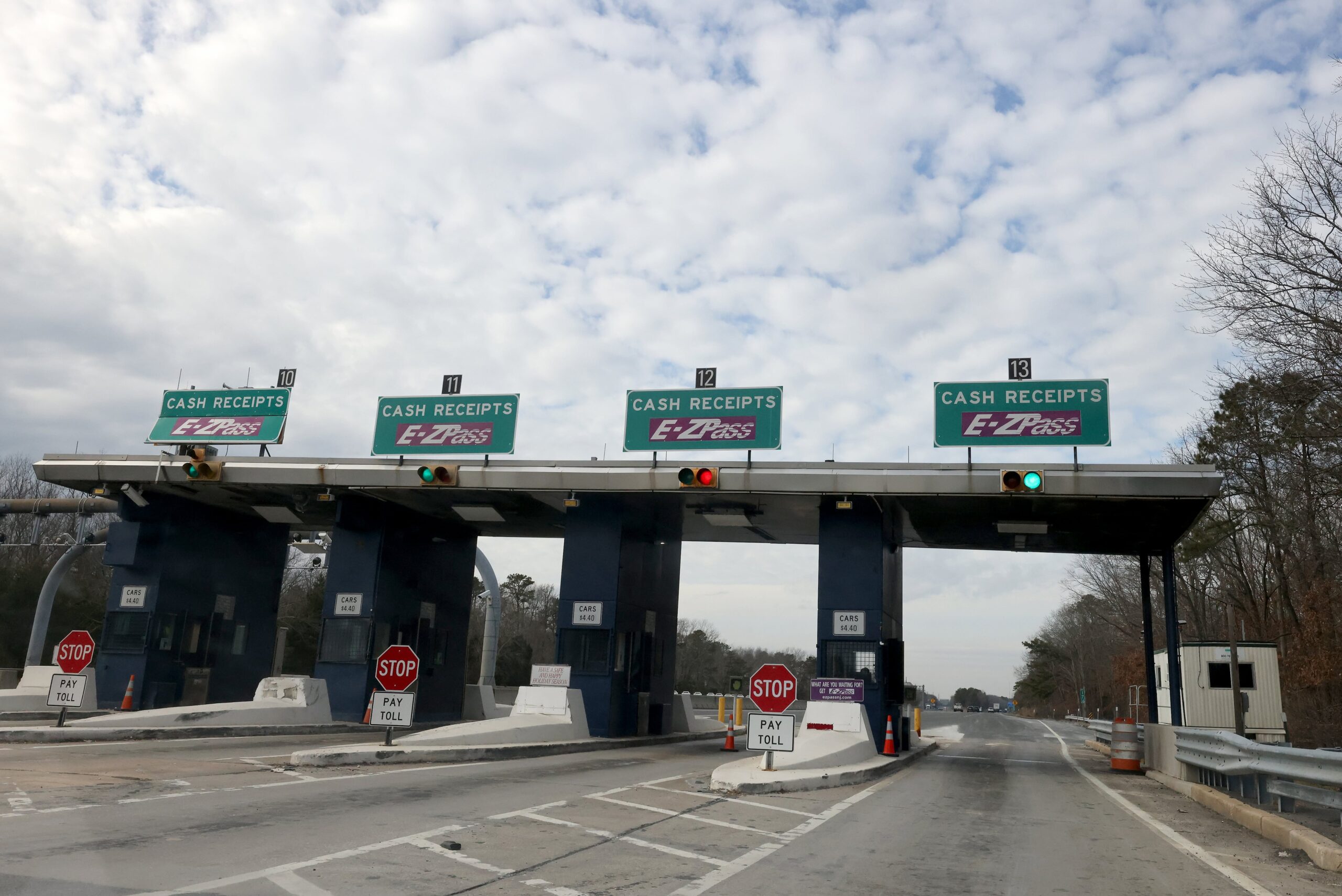Florida’s right-of-way laws play a critical role in ensuring road safety for drivers, pedestrians, cyclists, and emergency responders.
These laws define who has priority in different traffic situations, reducing confusion and minimizing the risk of accidents. Understanding and obeying these regulations is essential for avoiding traffic violations and ensuring smooth traffic flow.
Right-of-Way at Intersections
Intersections are among the most common locations for collisions, often caused by failure to yield. Florida law provides clear guidelines:
- Uncontrolled Intersections: When two vehicles arrive at an intersection with no signs or signals, the driver on the left must yield to the driver on the right.
- Four-Way Stops: If multiple vehicles arrive at a four-way stop simultaneously, the vehicle on the right has the right of way. If one vehicle arrives first, it proceeds first.
- Traffic Signals:
- A green light allows a driver to proceed but requires yielding to pedestrians and vehicles still in the intersection.
- A flashing red light functions as a stop sign, requiring a complete stop before proceeding.
- A flashing yellow light warns drivers to slow down and proceed cautiously.
- Left Turns: A driver turning left must yield to oncoming traffic unless a green arrow is present.
Failing to yield in these situations can result in fines, points on a driver’s license, and legal responsibility in the event of an accident.
Pedestrian Right-of-Way Laws
Florida places a strong emphasis on pedestrian safety, with strict right-of-way laws to protect them. These include:
- Crosswalks (Marked and Unmarked): Drivers must yield to pedestrians in crosswalks.
- Intersections: Pedestrians always have the right of way at intersections, even if no marked crosswalk exists.
- Jaywalking: Pedestrians crossing outside of crosswalks must yield to vehicles. However, drivers are still expected to use caution and avoid accidents.
- School Zones and School Buses:
- Drivers must reduce speed in school zones and watch for children.
- Vehicles must stop for school buses when their stop signs are extended, allowing children to cross safely.
Ignoring pedestrian right-of-way laws can lead to severe penalties, including fines and points on a driver’s record.
Right-of-Way on Highways and Merging Traffic
Florida highways have specific right-of-way rules to prevent accidents:
- Merging: Vehicles entering a highway must yield to traffic already on the highway.
- Lane Changes: Drivers must signal and ensure the lane is clear before merging.
- Exit Ramps: Vehicles exiting a highway must yield to through traffic.
Failure to yield in these situations can lead to accidents and legal consequences.
Right-of-Way for Emergency Vehicles
Emergency vehicles have the absolute right of way when responding to an emergency. Florida law mandates that drivers:
- Pull over to the right and stop when an emergency vehicle with flashing lights and sirens approaches.
- Remain stopped until the emergency vehicle has passed unless directed otherwise.
- Avoid following too closely behind an emergency vehicle.
Violating these laws can result in fines and other penalties.
Bicyclists and Right-of-Way
Florida law treats bicycles as vehicles, meaning they must follow the same traffic rules. However, additional protections exist:
- Drivers must yield to cyclists in bike lanes and when making turns.
- When passing a bicycle, drivers must maintain at least three feet of clearance.
- Cyclists must obey traffic signals and yield to pedestrians.
Cyclists have the right to use the full lane when necessary for safety.
Right-of-Way on Roundabouts
Roundabouts are becoming more common in Florida, and understanding right-of-way rules is essential:
- Entering a Roundabout: Drivers must yield to traffic already in the roundabout.
- Inside the Roundabout: Vehicles inside the roundabout have the right of way.
- Exiting the Roundabout: Drivers should signal before exiting and yield to pedestrians at crosswalks.
Misunderstanding roundabout right-of-way laws can cause confusion and lead to accidents.
Conclusion
Understanding and following Florida’s right-of-way laws helps prevent accidents and ensures smooth traffic movement.
Whether at intersections, pedestrian crossings, highways, or roundabouts, knowing who has priority can keep all road users safe. By respecting these laws, drivers, cyclists, and pedestrians contribute to a safer and more efficient road system in Florida.








